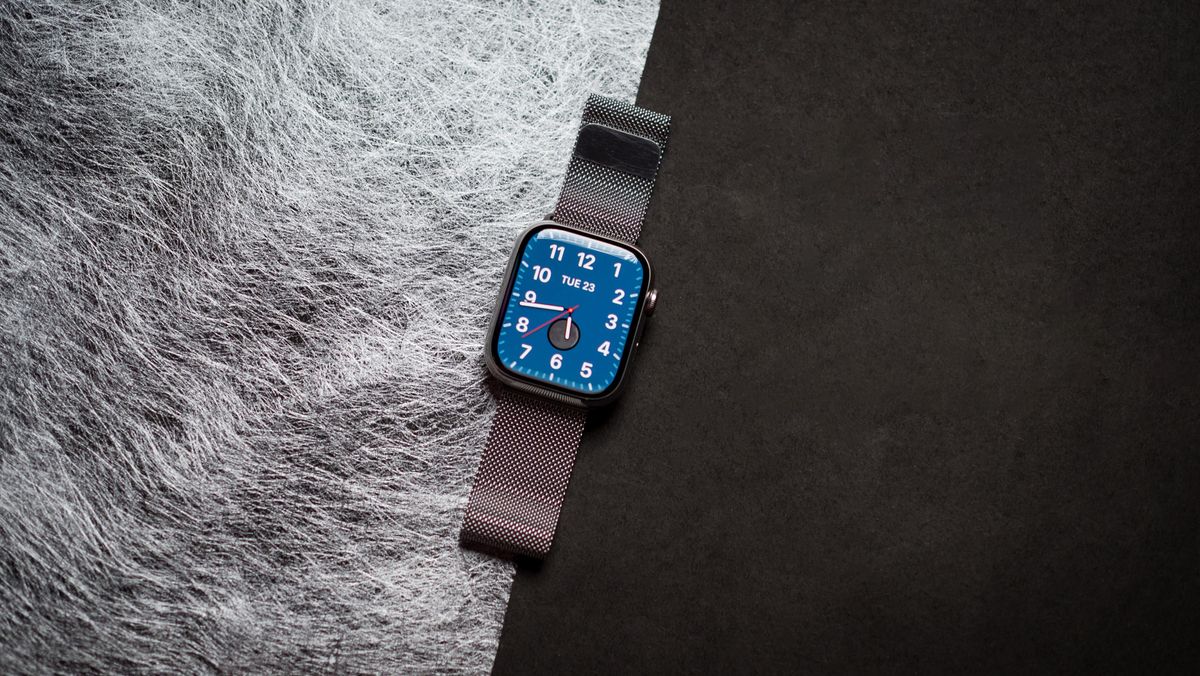
I got on the smartwatch bandwagon fairly early on, picking up the LG G Watch as soon as it launched back in 2014. I loved the convenience it offered — the fact that I could view incoming notifications on my wrist was pretty cool Although Android Wear (as it was called at the time) didn’t have much in the way of third-party apps and the design of the G Watch was decidedly utilitarian, it was a promising start.
Then I switched to the Moto 360, and while I liked the design, the battery life was abysmal, and the black bar at the bottom of the screen was infuriating. So when LG launched the Watch Urbane in 2015, I bought it immediately. It was the perfect smartwatch — the design was elegant, the software was a little more polished, and LG added custom features that gave it an edge.
I briefly dabbled with Samsung Gear S3 as I was drawn to its design and the promise of Tizen UI. But as I stayed away from Samsung phones at the time (I loathed TouchWiz), it didn’t make much sense to use the brand’s smartwatch. So I stuck with the Watch Urbane for two years, and when Google rebranded Android Wear to Wear OS 2.0 and introduced Google Assistant and a slew of new features, I was excited for all the forthcoming changes.
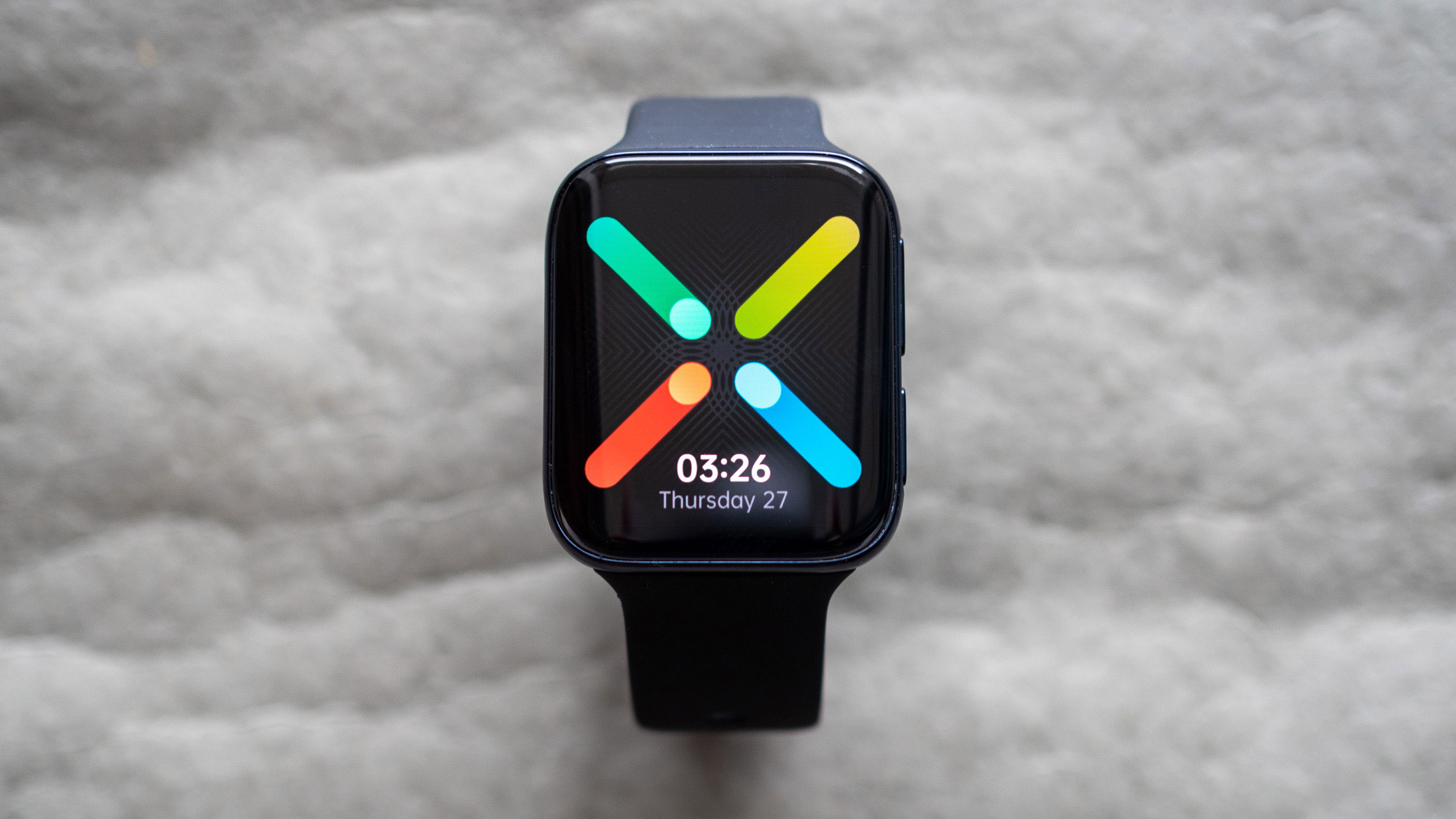
That’s when the problems started. Wear OS 2.0 on the Watch Urbane was a laggy mess, and what was promised to be a fluid interface with plenty of features turned out to be a half-baked effort, and it made the smartwatch unusable. Thinking it was down to the older hardware, I switched to the Huawei Watch 2, Mobvoi TicWatch S, and Skagen Falster in quick succession, and it was the same across all devices — the interface was laggy, there were errant freezes, and the experience degraded with every new smartwatch I tried.
I went through a half-dozen smartwatches in the course of a year and a half to find one that was usable, and while the OPPO Watch came close thanks to its decent hardware and large battery, it didn’t mitigate the issues inherent to Wear OS 2.0.
So at the end of 2020, I decided to try out the Apple Watch Series 6; I started to use an iPhone alongside my Android phone, and wanted to see if watchOS was all it was made out to be. The difference was immediately noticeable — the interface was fluid like no Wear OS smartwatch I’d used up to that point, all the apps I wanted to use were present on the watch, and the rotating crown was fun to use.
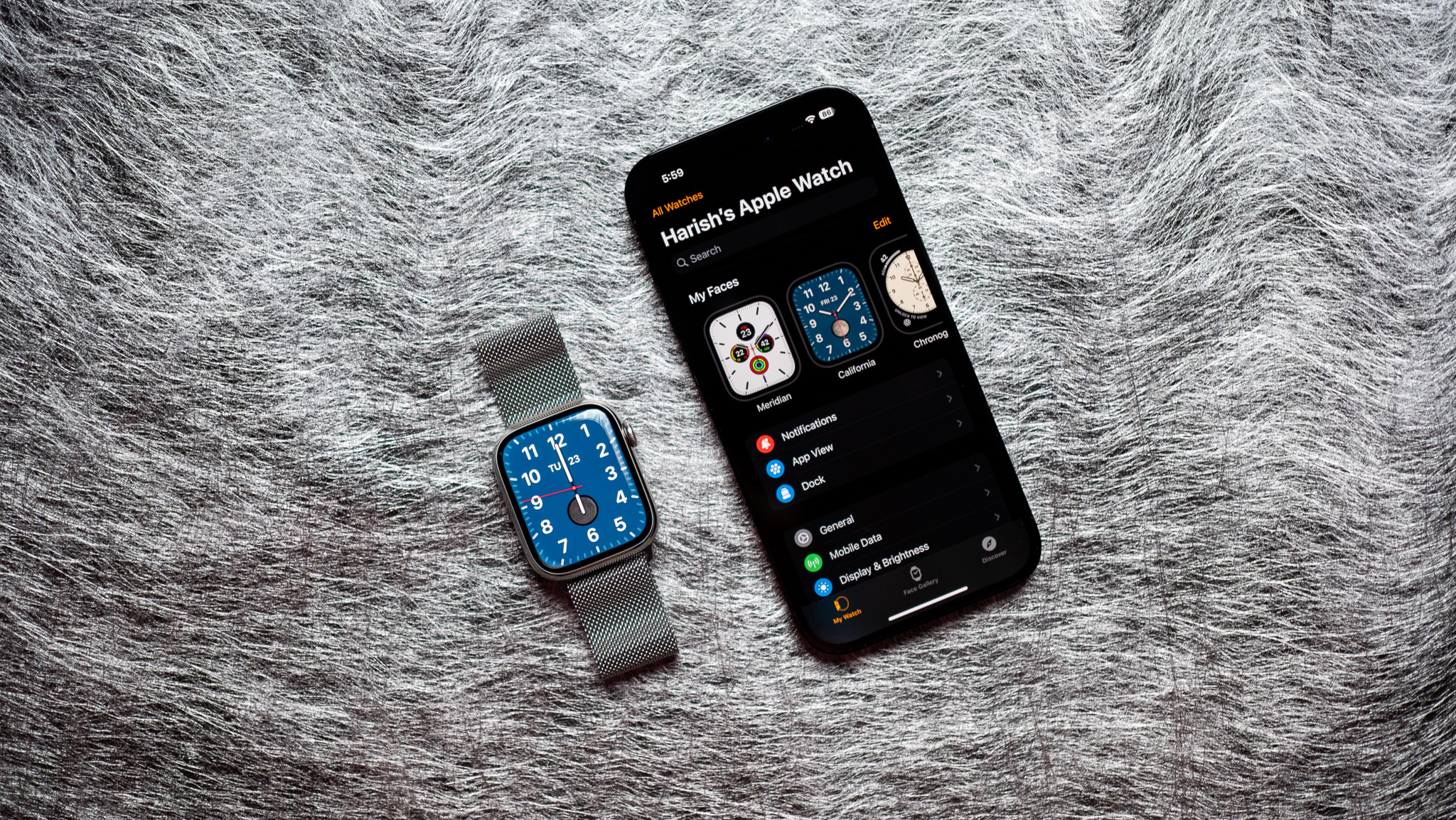
In the three years since, I had no inclination to switch back to Wear OS — if anything, I felt vindicated when Google introduced Wear OS 3 and essentially fragmented its smartwatch ecosystem by guaranteeing Samsung exclusivity for a year. The best part about using the Apple Watch is its reliability; I used the Series 6, Series 7, and Series 8 over the last three years, and I never encountered lag or any sort of issues with the interface. More than anything else, it’s this continued reliability that gives watchOS a distinct edge over Wear OS.
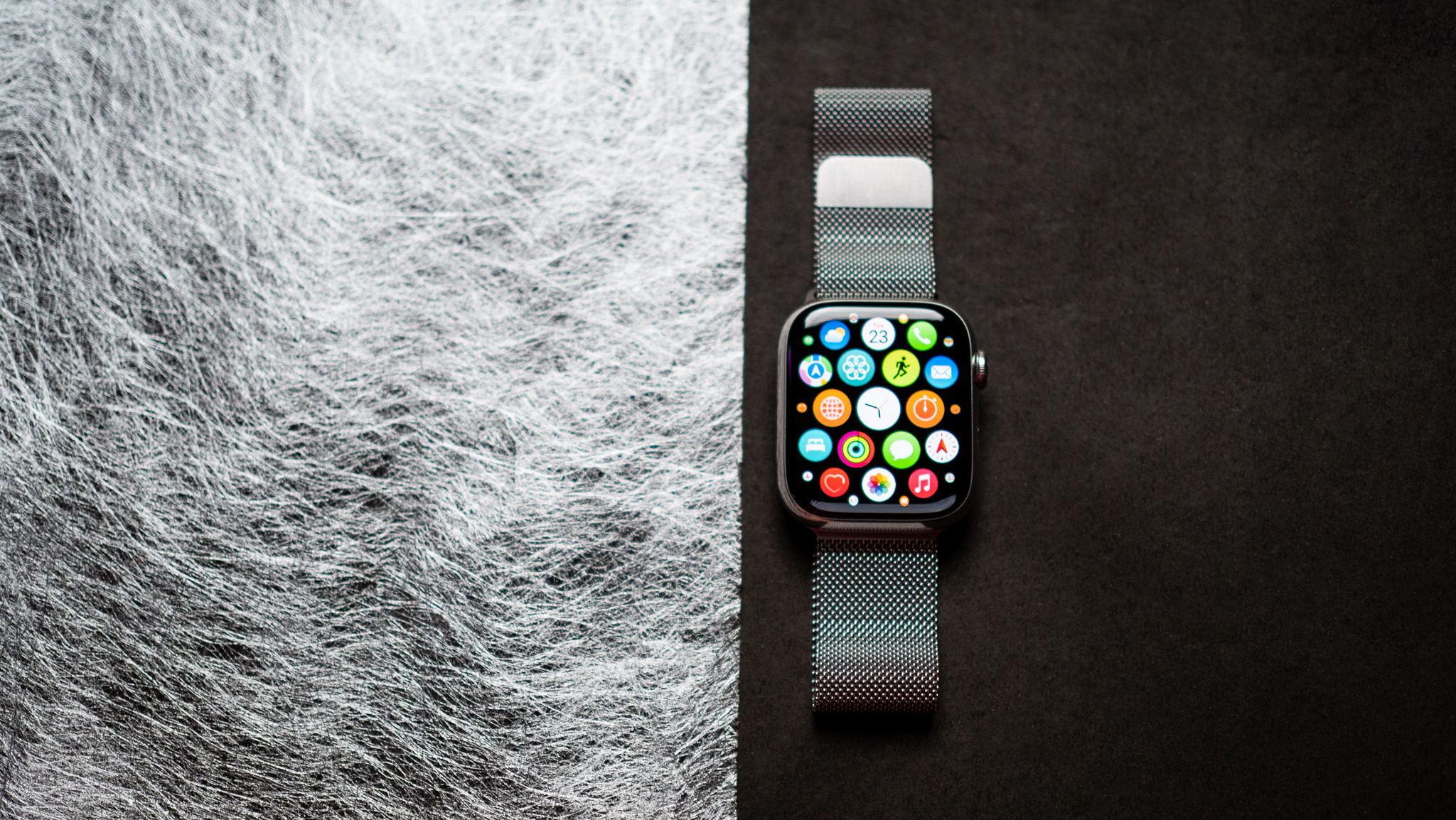
The software ecosystem continues to be unmatched on the Apple Watch, and while Wear OS 3 has made a lot of positive strides in this area, it just doesn’t measure up. A common use case for me is controlling Spotify playlists from my wrist, and it still continues to be buggy on Wear OS 3 — I haven’t had a single issue with either Spotify or Apple Music on the Apple Watch thus far.
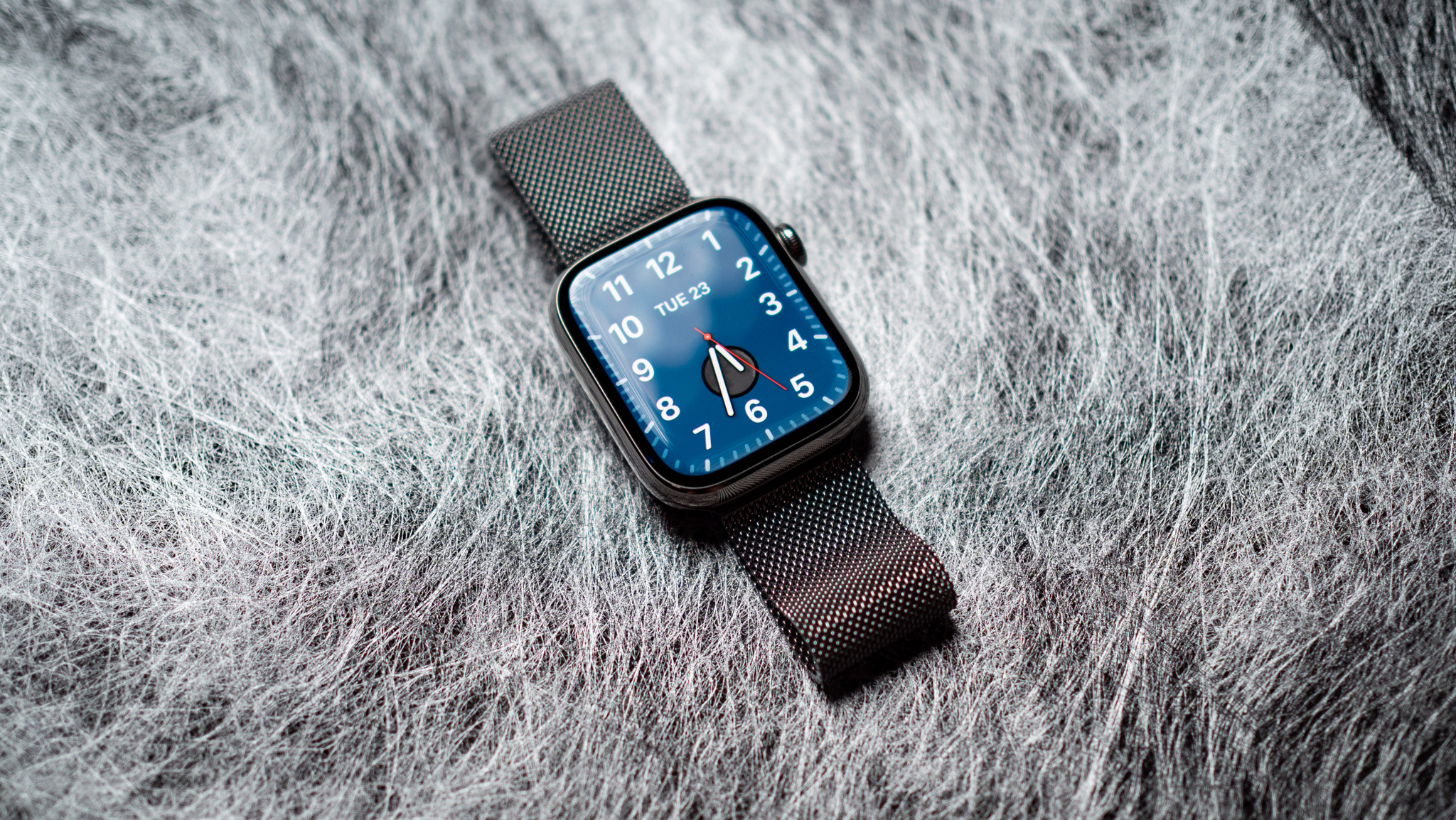
There’s a lot to like on the hardware front too; while I would’ve liked a rounded design, the Apple Watch looks very polished — particularly in the stainless less version I’m using. And because of its popularity, it has a significantly wider selection of bands than any Android smartwatch, and it’s straightforward to change the feel of the watch by switching to a sportier band.
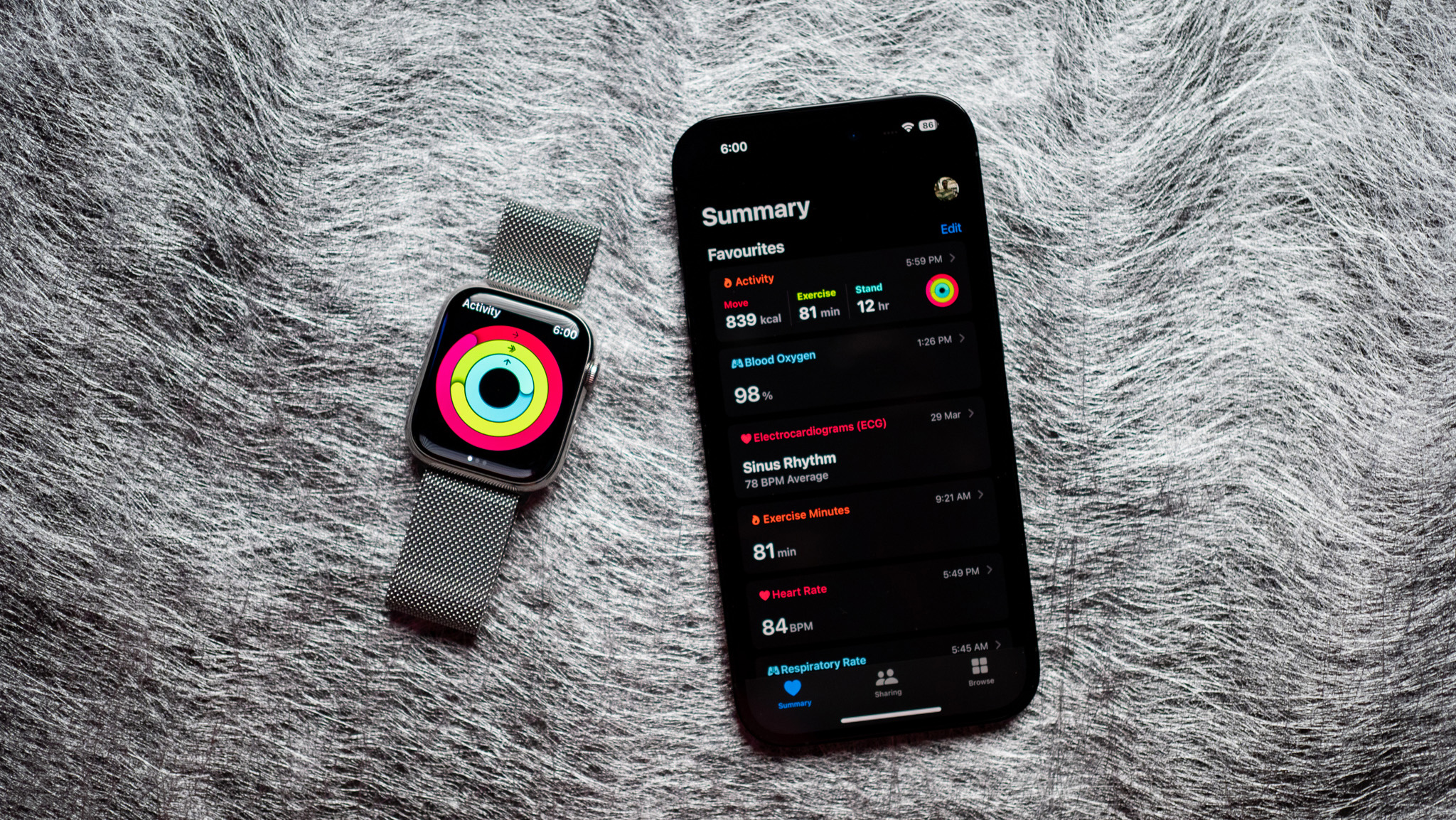
Of course, the Apple Watch isn’t without its flaws. The biggest issue with the Series 8 is the battery life; in the year I used the smartwatch, I averaged a day’s worth of use before having to charge it — and that’s after turning off the always-on mode. In this regard, it’s not on par with the best Android smartwatches, which manage to last a day and a half with relative ease.
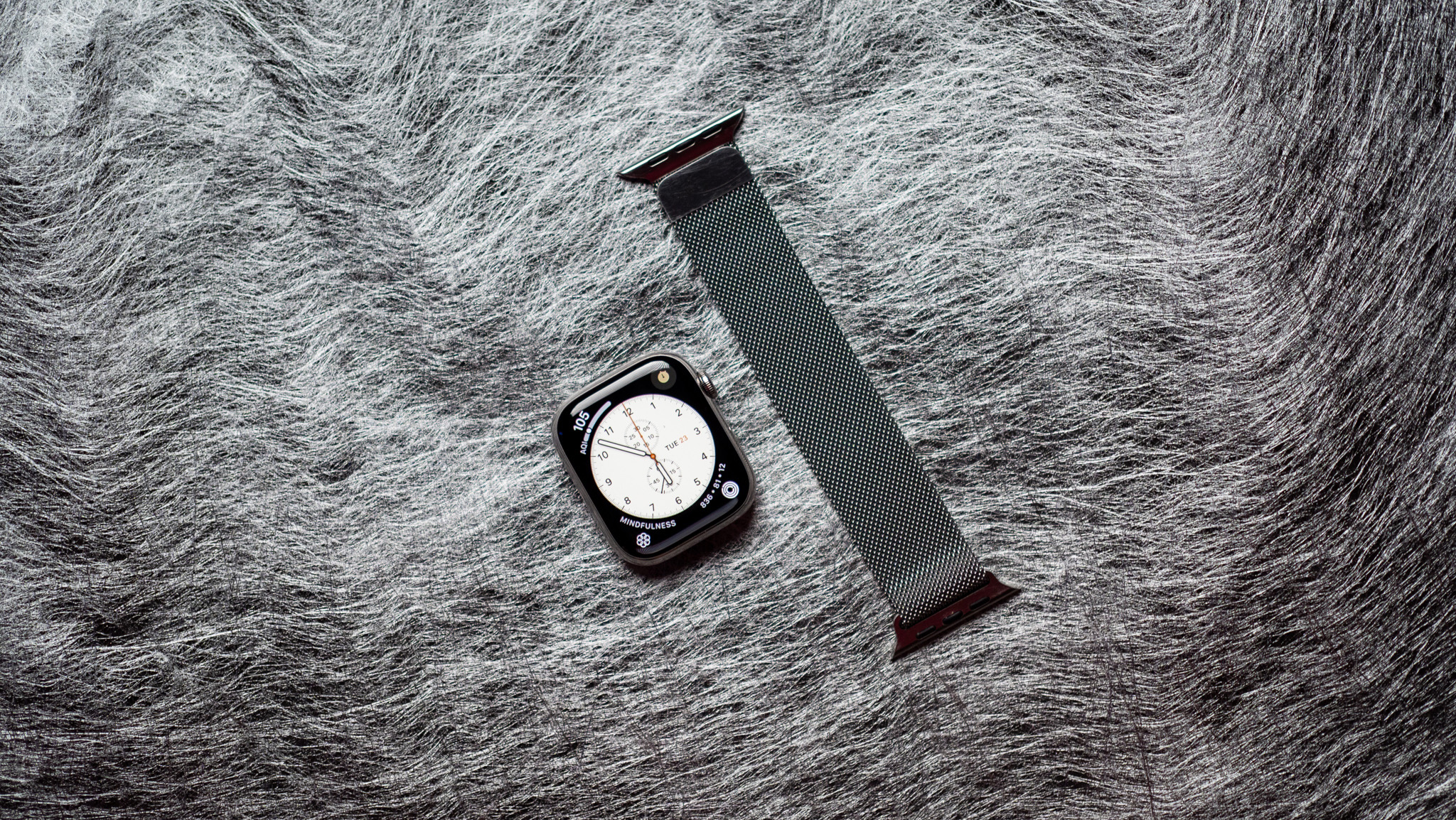
That’s why I’m excited to switch to the Series 9. Apple’s latest smartwatch is powered by the S9 chipset, and along with a lot more power, it has tangible gains on the efficiency front, so I’m looking forward to finding out if it lasts at least a day and a half. Then there’s the Double Tap gesture, which just looks plain cool — yes, I know the Galaxy Watch 6 has a similar feature.
As for Wear OS, I’m cautiously optimistic for the upcoming Pixel Watch 2. I wanted to use the Pixel Watch last year, but having been letdown by Google’s hardware in the past, I decided to wait for the second-gen model to try out the brand’s smartwatch efforts. That said, Google will have to do something truly spectacular to lure me away from the Apple Watch.
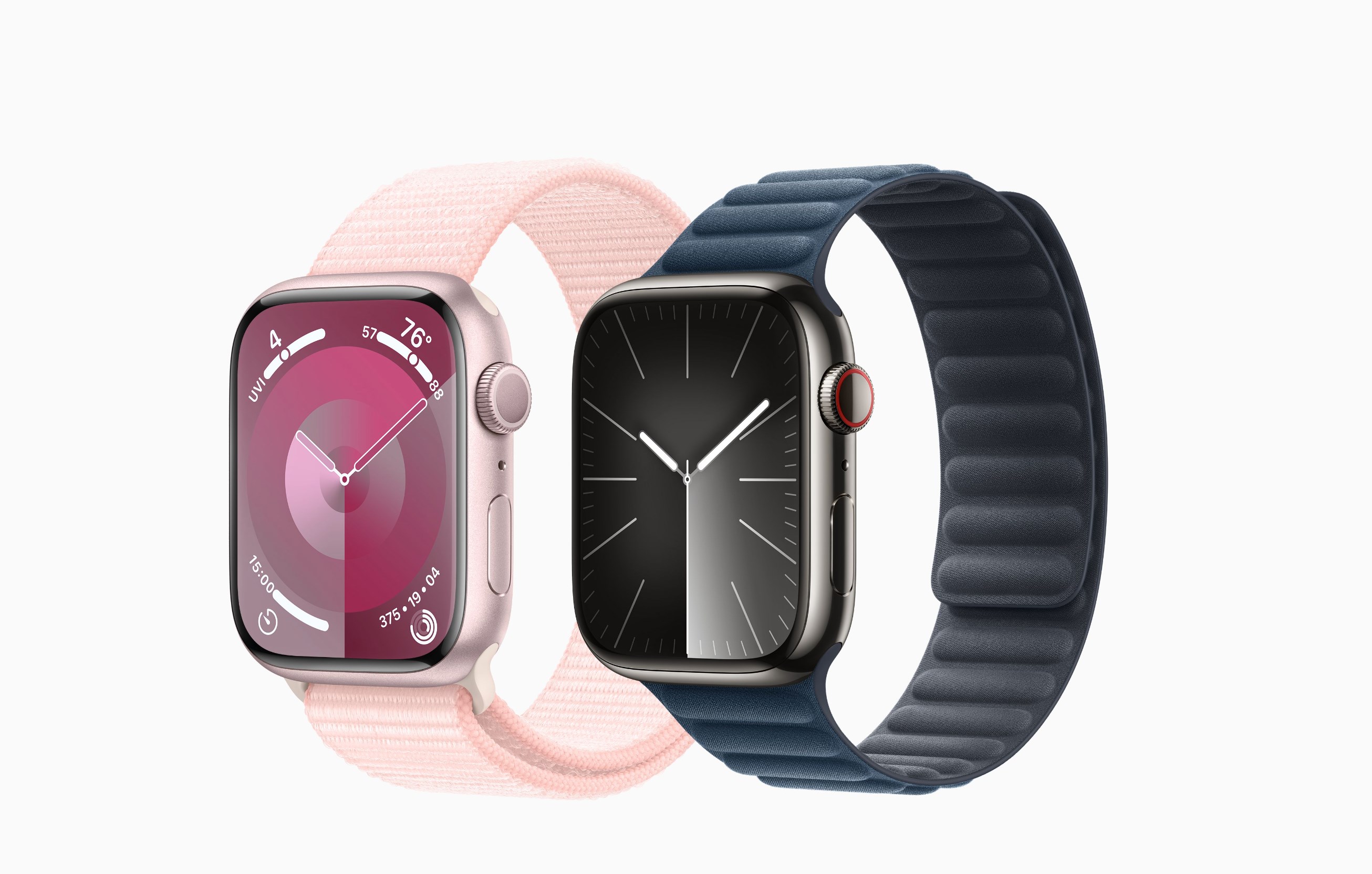
The Series 9 retains a similar design, but includes a few hardware upgrades that make it more powerful, and it should last longer than the Series 8.
